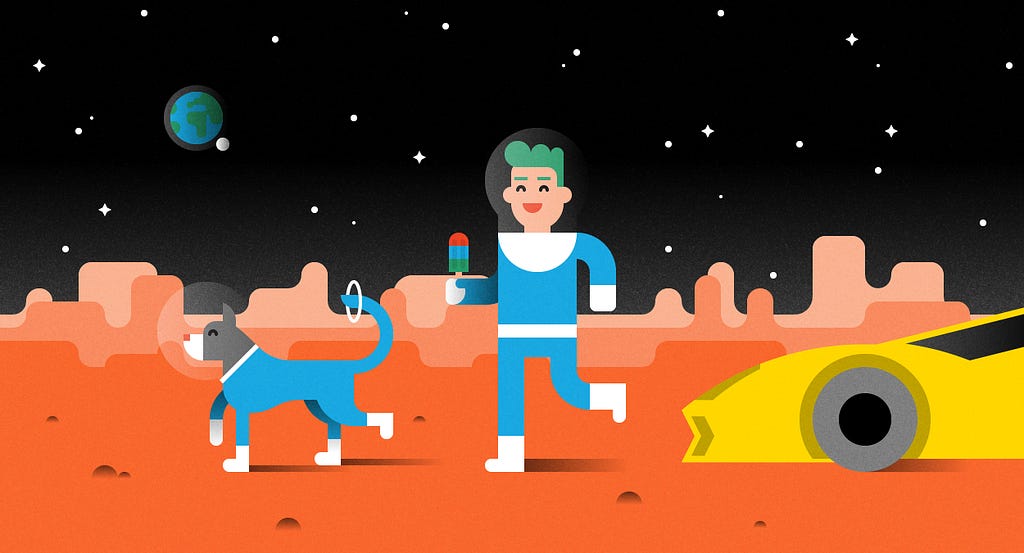Build Design Systems With Penpot Components
Penpot's new component system for building scalable design systems, emphasizing designer-developer collaboration.

IDEO Stories — Medium | IDEO
By Peter Hyer, Fabian Herrmann, and Kristin Kelly
 “If I could go anywhere, I’d want to go to Mars in my flying gold Lamborghini…bring my dog and eat ice cream.” — Amadi, age 11
“If I could go anywhere, I’d want to go to Mars in my flying gold Lamborghini…bring my dog and eat ice cream.” — Amadi, age 11
When you dream of the future, what do you see? Do you dream about concurrent odometry or horizontal plane detection? Do you fantasize about hot words and utterance capture? Probably not. Most likely, when you dream of the future, you imagine the places you can go, the things you can do, and the people you can be… just like you did when you were a kid.
Earlier this year, Google Play approached IDEO to find out what emerging technologies like Virtual Reality, Augmented Reality, digital assistant, andephemeral apps (apps that you don’t have to download and install) may actually be good for. With the advent of these new technologies come infinite possibilities for their application. In this future, many things are possible, but what is useful and desirable? How will people integrate these technologies into their lives? When they think of what these technologies can do for them, what do they dream of? Where do they want to go? What do they imagine? Google was eager to find out.
Since humans are at the center of IDEO’s design work, we started by talking to people and asking questions about their hopes for the future of these technologies.
To read the full article, visit the Google Play Dev stories collection here.
Applying human-centered design to emerging technologies was originally published in IDEO Stories on Medium, where people are continuing the conversation by highlighting and responding to this story.
AI-driven updates, curated by humans and hand-edited for the Prototypr community